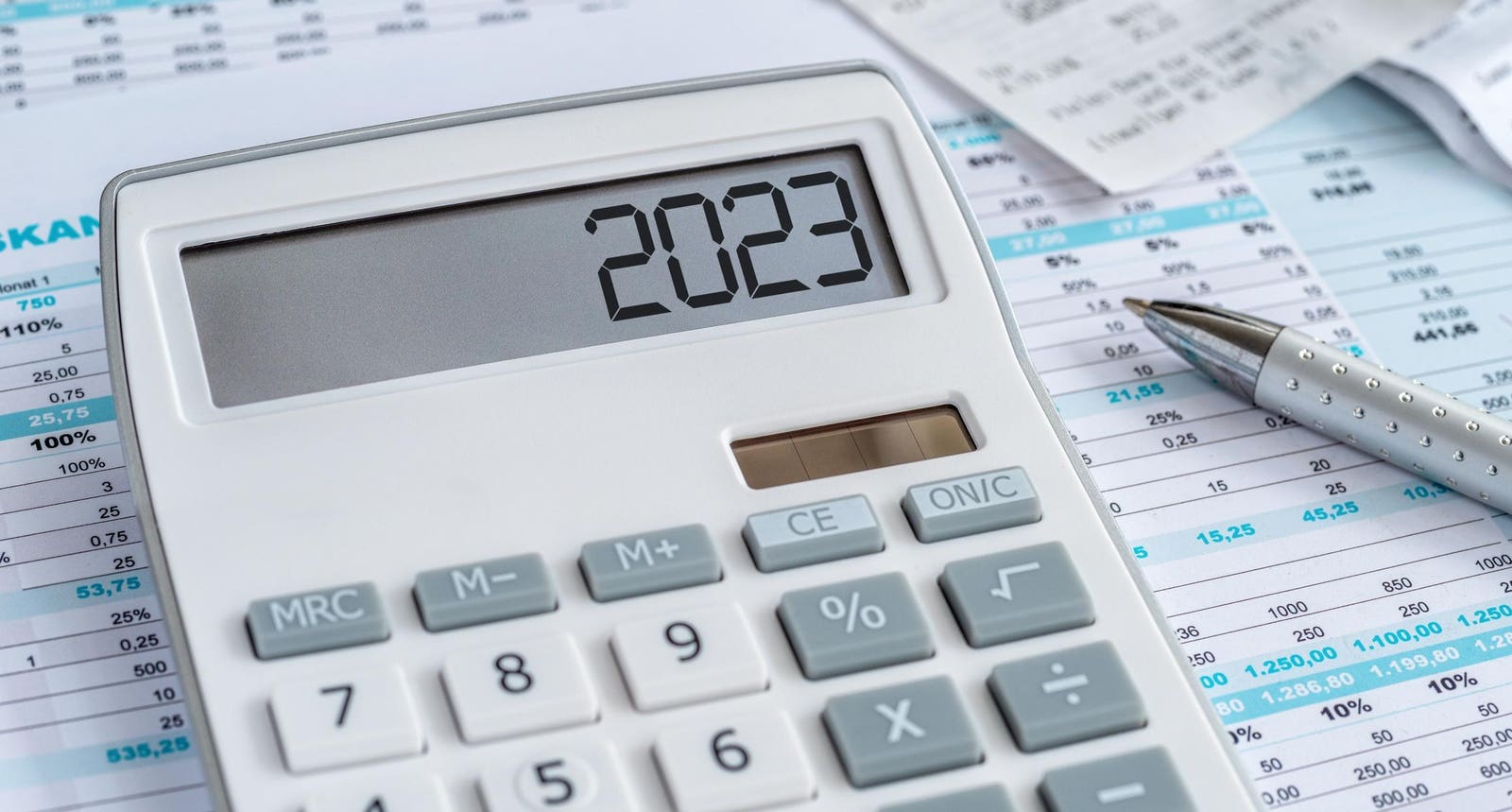We’re halfway through 2023, and many closed-end funds (CEFs) have ridden this year’s market updraft while delivering huge dividends.
Yet we contrarian income seekers are still in a strong position, as traditionally slow-moving CEF buyers tiptoe back into the market, giving us extra time to pick up our favorite CEFs at deep discounts to net asset value (NAV).
Meantime, now is a good time to set the table by looking back over the challenges we’ve overcome so far in 2023—and see what they can tell us about where stocks, and CEFs, are headed next.
Profiting From Overwrought Banking Fears
The failures of Silicon Valley Bank, Signature Bank and Credit Suisse caused stocks, and CEFs, to stumble in March, raising recession fears. But three months later, the sector is well into recovery mode, as we predicted back then. We can see this in the performance of the sector benchmark Financial Select Sector SPDR ETF (XLF).
With rising net investment income and profits, the banking sector has shown resilience, which is why bank stocks have been erasing the losses they suffered from the start of the crisis.
Waning Inflation Benefits Equity CEFs …
The short-lived banking pullback stands in contrast to inflation, which has hung around for more than two years.
Inflation, as measured by the consumer price index (CPI), soared to 40-year highs on supply-chain snags and the Ukraine war. But CPI fell to 4% in May, and most indicators say it’ll drop below that over the summer. Right now, economists are predicting inflation below 3% before we end the year.
Waning inflation is good news for consumer spending, and that, in turn, would be a plus for CEFs with exposure to consumer stocks. An example is the Gabelli Dividend & Income Fund (GDV), which yields 6.3% and trades at a 15.7% discount to NAV. Consumer names dot its top-10 holdings, including Mastercard (MA), Microsoft (MSFT) and American Express (AXP).
… While the Fed Becomes Less of a Factor
Skepticism is healthy, so if you don’t trust predictions for inflation, I don’t blame you. It’s also fair to worry that the Fed could overdo rate hikes and undermine the market recovery. The central bank, after all, has a history of doing so. Still, there’s not much room for this to happen.
Markets Prepared for the Fed
This chart is from the Chicago Board Options Exchange (CBOE) and tracks market expectations for the Federal Reserve’s future interest-rate targets.
As we can see above, there’s about a 75% probability that the Fed will raise rates again in July. In mid-March, however, markets were confident the Fed would not raise rates, and only started to think it possible in mid-April, with the probability shifting more toward certainty in the last few weeks.
Here’s the thing, though: with market expectations turning from flat rates to a hike in rates, stocks soared.
This doesn’t make sense. We’ve seen for years that any time the Fed threatens to raise rates, stocks fall. It happened in 2015, 2016, 2018 and most intensely in 2022. And now … it’s not happening.
Some say this is because the stock market is in a bubble, but that doesn’t make sense, with stocks still down from the all-time highs they hit in 2021. What’s really happening is the markets have already priced in these moves. And with inflation likely to wane, we’re likely at, or near the end of, this hiking cycle in any case.
That’s yet another plus for CEFs, including select corporate-bond CEFs that hold longer-duration bonds, which tend to do well when rates fall, as they eventually will.
Michael Foster is the Lead Research Analyst for Contrarian Outlook. For more great income ideas, click here for our latest report “Indestructible Income: 5 Bargain Funds with Steady 10.4% Dividends.”
Disclosure: none
Read the full article here


